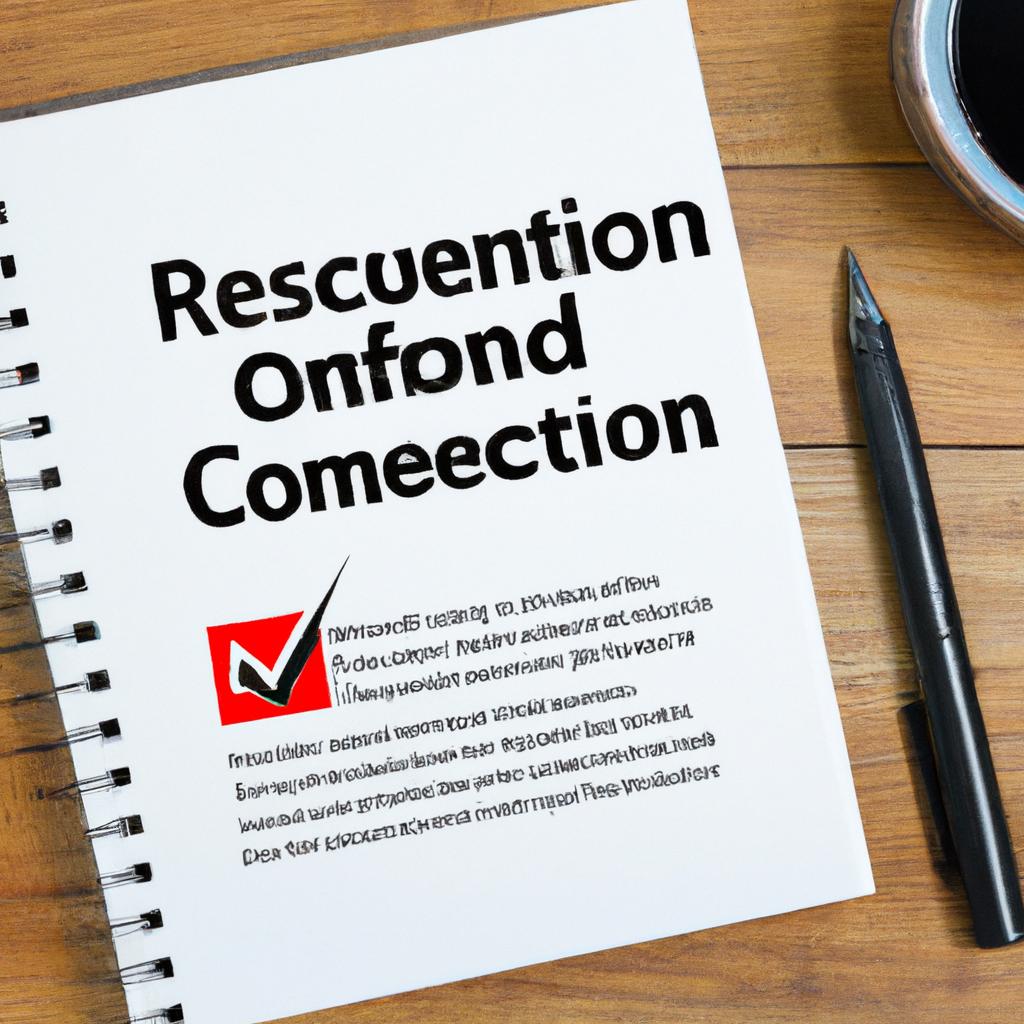As seasoned legal practitioners at Morgan Legal Group, situated in the bustling metropolis of New York City, we aim to shed light on the intricacies of lifetime right of occupancy agreements. In the realm of estate planning, where foresight and precision are paramount, these agreements play a crucial role in providing security and stability for individuals seeking to safeguard their living arrangements for the long term. Join us as we navigate the nuances of this legal instrument and explore its implications for property rights and familial relationships.
Understanding the Lifetime Right of Occupancy Agreement
Lifetime Right of Occupancy Agreement:
When entering into a Lifetime Right of Occupancy Agreement, it is crucial for all parties involved to fully understand the terms and implications of such a contract. This agreement grants an individual the right to occupy a particular property for the duration of their lifetime, while also outlining the responsibilities and limitations that come with this arrangement. It is important to carefully review and clarify all aspects of the agreement to ensure that both the property owner and the occupant are protected.

Key Components and Benefits of a Lifetime Right of Occupancy Agreement
The key components of a **lifetime right of occupancy agreement** include a detailed description of the property involved, the names of the parties entering into the agreement, the duration of the occupancy rights, and any restrictions or conditions that may apply. This type of agreement ensures that the occupant has the legal right to reside in the property for the rest of their life, providing them with security and peace of mind.
One of the main benefits of a lifetime right of occupancy agreement is that it allows individuals to remain in their homes as they age, without the fear of being forced to move out due to changing circumstances. This type of agreement can also provide clarity and assurance to family members and heirs, as it clearly outlines the occupant’s rights and prevents any disputes or confusion over the property in the future. By working with a knowledgeable estate planning attorney, individuals can create a lifetime right of occupancy agreement that meets their unique needs and offers protection for themselves and their loved ones.
| Benefits of a Lifetime Right of Occupancy Agreement |
|---|
| Ensures security and peace of mind for the occupant |
| Allows individuals to age in place |
| Prevents disputes over property rights |

Potential Pitfalls to Avoid when Drafting a Lifetime Right of Occupancy Agreement
Avoiding potential pitfalls when drafting a lifetime right of occupancy agreement is crucial to ensure clarity and protection for all parties involved. One common mistake to avoid is failing to clearly define the scope of the occupancy rights granted. It is essential to specify the exact areas of the property that the occupant is entitled to use, as well as any restrictions or limitations that may apply.
Another pitfall to watch out for is neglecting to include provisions for the termination of the agreement. Without clear guidelines on how the agreement can be ended, both parties may face uncertainty and potential conflicts in the future. Including specific conditions under which the agreement can be terminated, such as nonpayment of fees or breach of terms, can help prevent misunderstandings and legal disputes down the line. By carefully addressing these potential pitfalls in the drafting of a lifetime right of occupancy agreement, all parties can enjoy peace of mind and clarity regarding their rights and obligations.
Recommendations for Crafting a Comprehensive Lifetime Right of Occupancy Agreement
In order to craft a comprehensive lifetime right of occupancy agreement, it is essential to consider several key recommendations to ensure that all parties involved are protected and clear about their rights and obligations. The following recommendations should be taken into account:
- Define the scope of the agreement: Clearly outline the property or properties covered by the agreement, as well as the specific rights and restrictions associated with the lifetime right of occupancy.
- Include details about maintenance and upkeep: Specify who is responsible for maintaining the property, including any repairs or renovations that may be necessary over time.
- Address potential changes in circumstances: Anticipate and include provisions for how the agreement will be affected by changes such as marriage, divorce, or the death of the occupant.
- Consider financial considerations: Determine how any expenses related to the property, such as taxes or utilities, will be handled under the agreement.
| Recommendation | Importance |
|---|---|
| Define scope of agreement | High |
| Include maintenance details | Medium |
| Address changes in circumstances | High |
| Consider financial considerations | Medium |
Q&A
Q: What is a lifetime right of occupancy agreement?
A: A lifetime right of occupancy agreement is a legal arrangement that allows an individual to live in a property for the rest of their life, even if they do not own the property.
Q: How is a lifetime right of occupancy agreement different from owning a property?
A: Unlike owning a property, a lifetime right of occupancy agreement does not grant the individual ownership rights over the property. Instead, it simply allows them to live in the property for as long as they are alive.
Q: Who usually enters into a lifetime right of occupancy agreement?
A: Lifetime right of occupancy agreements are often entered into by elderly individuals who wish to secure stable housing for the remainder of their lives without having to worry about the complexities of property ownership.
Q: What are the benefits of a lifetime right of occupancy agreement?
A: The primary benefit of a lifetime right of occupancy agreement is that it provides the individual with secure and stable housing for the rest of their life. It also allows them to maintain their independence while avoiding the responsibilities and financial burdens that come with property ownership.
Q: Can a lifetime right of occupancy agreement be transferred to someone else?
A: In some cases, a lifetime right of occupancy agreement can be transferred to another individual, such as a family member or caregiver, but this is typically subject to certain conditions and restrictions set out in the agreement.
Q: What happens to the property after the individual with a lifetime right of occupancy agreement passes away?
A: Upon the individual’s passing, the property typically reverts back to the owner or landlord, depending on the terms of the agreement. It is important for the individual to make arrangements for their housing needs in their estate planning to ensure a smooth transition.
In Summary
In conclusion, a lifetime right of occupancy agreement is a unique legal arrangement that provides security and stability for individuals looking to live in a property for the long term. Whether you are a homeowner looking to secure your future or a tenant seeking a sense of permanence, this type of agreement offers a solution that can benefit both parties involved. By understanding the rights and responsibilities that come with a lifetime right of occupancy agreement, you can make an informed decision about whether this option is right for you. Ultimately, this type of arrangement can help create a harmonious living situation for all parties involved, ensuring peace of mind and certainty for years to come.







